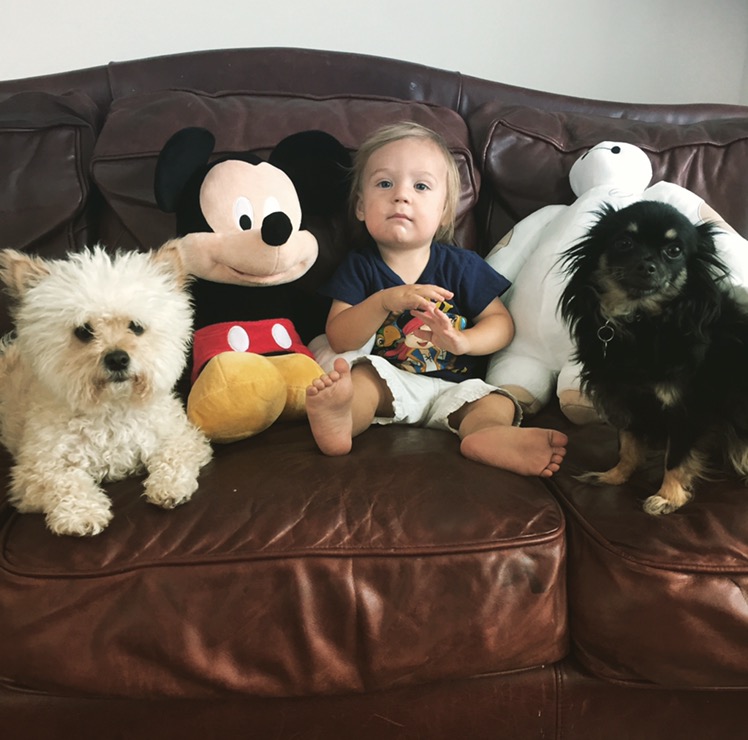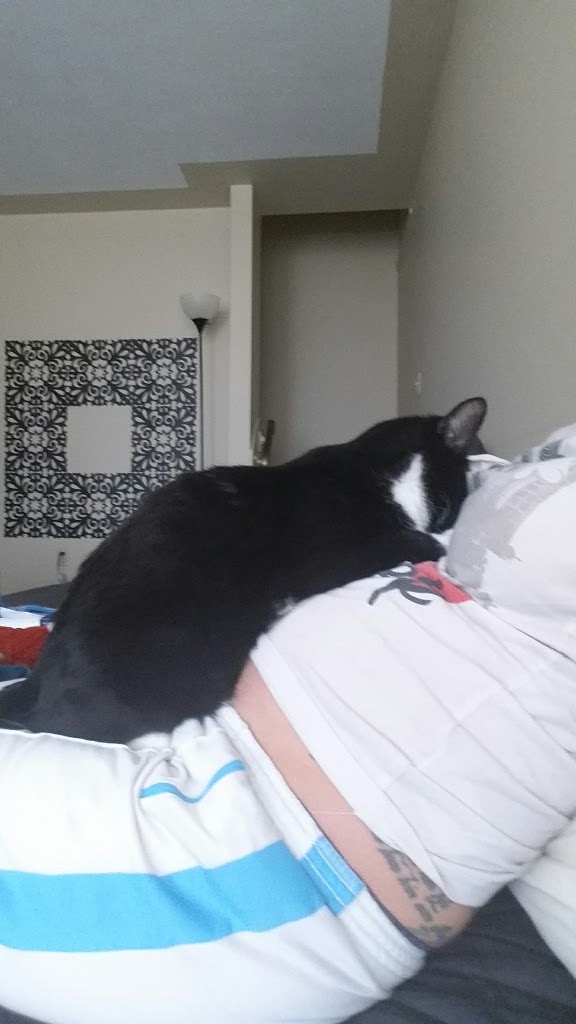Bringing home a new baby can be a stressful time for parents, as well as pets.

Animal behaviour expert Jennie Willis has a few tips to ease the transition for your fur babies.
1. Think ahead
Willis advises parents-to-be to consider what problems your pet may have (like jumping and barking) that will be an issue when you bring an infant home.
Then work on those bad habits.
She also suggests you set up your newborn’s toys beforehand – especially the noise-emitting ones. Foreign sounds can sometimes be stressors for pets. They should have time to get used to them, rather than have them be associated with the sudden new addition to the home.
“Set up a scenario that can be successful,” Willis said.
2. Help the pet feel comfortable
Give your pet a chance to first “smell and investigate” the blankets and clothing of the baby. And when the baby is calm, give the two a chance to meet each other.
“Animals are afraid sometimes … of a little creature who moves and cries and makes random loud sounds,” Willis explained.
“The key is to have that new greeting not be met with punishing the dog.”
3. Try to maintain routine
Things will get busy, and you will be exhausted once your baby is born. But try not to forget about your pet entirely.
Try to keep up a routine with your dog, Willis said. That means keep going for walks, so your pet isn’t stressed from a lack of exercise and social contact in addition to having a “random little noisemaker” in the house.
“Even if that means different family members doing it or a neighbour might take them for a walk.”
4. Watch for subtle warning signs
Aggression, she said, is usually a manifestation of fear in a pet. If your pet does show signs of aggression, she recommends bringing in a professional to figure out what is causing the fear.
She added that it’s rare for a pet to become aggressive with an infant, who doesn’t really move. But it’s then that you have to start observing your pet for potential signs of distress.
Choosing not to be in the same room as your baby is one tell-tale sign.
“If you’re seeing panting, pacing, dilated pupils, retreating … those are things that would signal that they’re choosing passively not to engage the baby because they may be afraid.”
She recommends parents always supervise a young child with a pet, and not allow their child to poke or pull on the animal.
WATCH: What your kids can learn from caring for a pet

“I think having pets is a wonderful way to teach empathy for children.”
It can also lead to a very long friendship.
READ MORE: Alberta woman’s cat forms close bond with baby before he’s even born










Comments